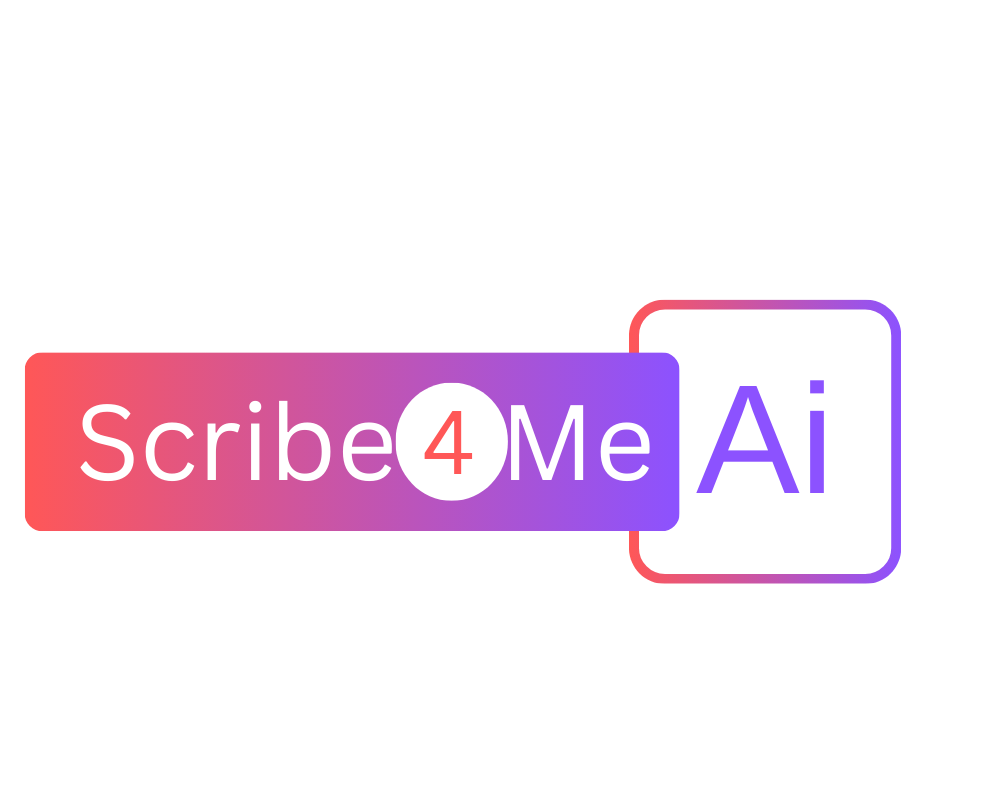

AI Scribes In Ophthalmology - The Key To Better Documentation and Patient Satisfaction
In ophthalmology, preventing blindness is a major concern, as it remains one of the most feared conditions among American patients. Building strong patient-physician relationships is the key to effectively counseling patients on preventive care. However, this requires a considerable amount of time and focus. This is where automated tools, like AI scribes, can make a difference. By reducing administrative workload, AI scribes enable physicians to dedicate more time to patient care and relationship building. Moreover, in a high-volume specialty like ophthalmology, where numerous data points and complex imaging modalities need to be processed, AI scribes can greatly enhance clinical workflows. So, how exactly do AI scribes in ophthalmology improve the clinical environment? Let’s take a closer look.
Tackling Burnout Through Better Documentation
Ophthalmologists, like many other healthcare professionals, often feel overwhelmed by the documentation process. With most practices seeing fifty or sixty patients a day, keeping up with EHR data entry can be exhausting. In fact, many physicians refer to EHRs as “death by a thousand clicks.” Studies have shown that scribes in the exam room reduce documentation time, improving productivity and job satisfaction for physicians. This shows how important it is to have a streamlined documentation process to reduce physician stress and burnout. Additionally, the time spent on data entry takes away from eye contact, disrupts the flow of conversation, and can ultimately impact the patient experience. With AI-powered scribes, ophthalmologists can now focus entirely on their patients while documentation happens seamlessly in the background, enhancing both care quality and physician well-being.
Enhancing Interactions And Better Patient Focus
An AI scribe in ophthalmology can pave the way for improved physician-patient interactions. With less time spent on typing, ophthalmologists can make better eye contact and engage more fully with their patients, whether it’s discussing visual tests, pressure changes, or imaging results. This shift not only improves the quality of visits but also boosts patient satisfaction. Studies show that 81% of patients feel their physicians are more focused on them when AI handles the charting. This is particularly important in ophthalmology, where trust is the key for long-term management of chronic conditions like glaucoma, diabetic retinopathy, or macular degeneration. Additionally, an AI scribe helps physicians maintain a better work-life balance, with 90% reporting less stress from time pressures. The extra time saved during patient visits not only allows for more meaningful interactions but also helps reduce burnout, ultimately leading to a better eye care experience.
Streamlining Workflow For Improved Documentation Efficiency
Ophthalmology practices are often fast-paced, dealing with a high volume of patients and complex diagnostic tests, such as OCT scans, visual field assessments and fundus photography. Managing this data, alongside patient histories can be challenging. AI scribes in ophthalmology help streamline this workflow by efficiently transcribing key findings, diagnostic interpretations, and procedural details directly into the EHR system. This automation not only reduces the time spent on manual data entry but also ensures that important ophthalmic details, like changes in cup-to-disc ratio or macular thickness, are accurately recorded. With AI scribes handling the documentation, ophthalmologists can focus more on examining patients and formulating personalized care plans.
Improving Documentation Accuracy And Reducing Human Error
AI scribes in ophthalmology help ensure more accurate documentation. These AI-powered tools capture and transcribe data with a level of precision, reducing chances of human error. Given the complexity of ophthalmic care, with numerous diagnostic tests and intricate medical terminology, AI scribes ensure that no important detail is missed. By automatically transcribing test results, visual assessments, and diagnostic interpretations, AI systems reduce the risk of mistakes that may occur due to fatigue or distractions. This not only helps maintain a high standard of eye care but also improves the quality of patient records, making it easier for ophthalmologists to keep track of progress, make informed decisions, and provide better treatments.
Conclusion
AI-powered scribes are making a big impact in ophthalmology by tackling the unique challenges faced by this specialty. By reducing the documentation burden, improving workflow efficiency, and enhancing physician-patient interactions, AI scribes enable ophthalmologists to focus more on delivering exceptional eye care. The result is a more efficient, accurate, and patient-centered practice, which ultimately leads to improved patient outcomes and satisfaction. As AI continues to advance, its role in ophthalmology will likely expand, providing even more opportunities to improve patient care and enhance the efficiency of ophthalmic practices.
Looking to reduce documentation stress and enhance patient care in your ophthalmic practice? Scribe4MeAI can help you! By automating tedious note-taking, our advanced AI scribe enables you to spend more time building relationships and improving clinical outcomes. Sign up and get started with a free trial today!


